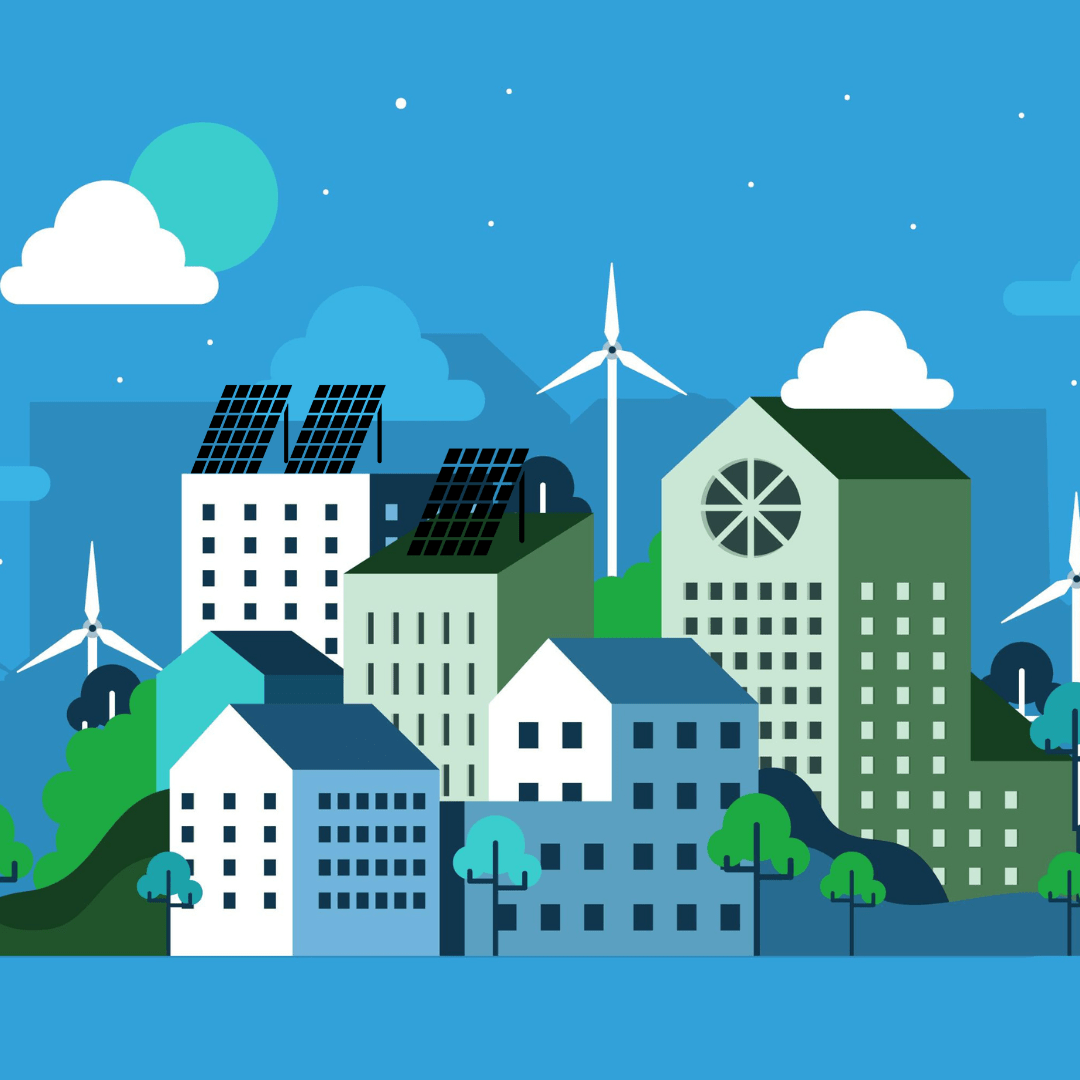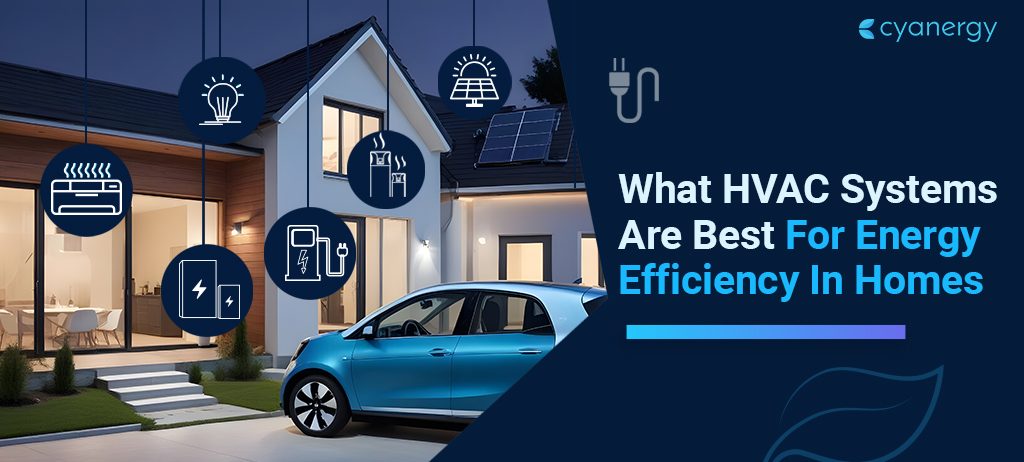Australia, like many other nations, is making a concerted effort to reduce its reliance on fossil fuels and transition to renewable energy sources. With the world facing the dual challenges of climate change and energy security, renewable energy is increasingly seen as the way forward. So, how much of Australia’s energy will be renewable in two years?
The answer to this question is complex and dependent on a number of factors. However, based on current trends and government targets, it is possible to make some predictions.
What Drives the Growth of Renewable Energy Sources?
One key driver of renewable energy growth in Australia is the falling cost of renewable technologies such as solar and wind power. As these technologies become cheaper and more efficient, they are becoming increasingly competitive with fossil fuels.
Growing public demand for renewable energy is expected to be a significant driver of renewable energy growth in Australia. As Australians become more concerned about the impacts of climate change and the environmental consequences of using fossil fuels, they are placing greater emphasis on supporting renewable energy. This has resulted in mounting pressure on the government to take action and invest in renewable energy initiatives.
Based on these factors, it is likely that Australia will continue to increase its renewable energy capacity over the next two years. However, the rate of growth will depend on a number of factors, including government policy, private investment, and technological advancements.

Renewable Energy Predictions for the Future of Australia
Australia has set a target to produce 50% of its power from renewable sources by 2030, according to the Australian Renewable Energy Agency (ARENA). However, the Australian Energy Market Operator (AEMO) predicts that this percentage will increase to 83% in 2030-31, in line with the Commonwealth Government’s strategy.
In the upcoming two years Australia is deemed to see a significant growth in renewable energy adoption. According to a report that highlights the remarkable speed of change in Australia’s energy system, the country is set to produce 50% of its electricity requirements from renewable sources within the next three years.
The AEMO also expects the percentage of power from renewable sources to reach 96% by 2040 and 98% by 2050, in line with the guidelines of the Intergovernmental Panel on Climate Change (IPCC). This objective aligns with the IPCC’s recommendation to achieve a net-zero emissions economy by 2050 in order to avoid the most severe consequences of climate change.
To summarize, the AEMO’s forecast suggests that by mid-century, the majority of Australia’s power will be sourced from renewables, with only 2% coming from peaking gas plants that will provide additional support during periods of high demand. To achieve this target, Australia will need to significantly increase its renewable energy capacity in the coming years. This is likely to involve a combination of government incentives, private investment, and technological advancements.
The Energy Trilemma of Australia
The first aspect of Australia’s renewable energy trilemma is affordability.
Many Australians are struggling to pay their energy bills, which have increased significantly in recent years. The high cost of electricity is partly due to the high infrastructure and transmission costs associated with the current grid. While the cost of renewable energy has fallen significantly in recent years, it is still deemed complicated for the high upfront cost of adaption in comparison to fossil fuels in many parts of Australia.
The second aspect of the trilemma is reliability.
Australia’s energy grid is struggling to cope with the increasing demand for electricity, particularly during heatwaves and other extreme weather events. The grid was built around a centralised model, with large coal-fired power plants located close to major cities. However, renewable energy sources are decentralised, and their output is intermittent, depending on the availability of wind or sunshine. This creates challenges for grid operators, who need to balance supply and demand to maintain a stable grid.
The third aspect of the trilemma is sustainability.
Australia is one of the world’s largest emitters of greenhouse gases per capita, and its continued reliance on fossil fuels is unsustainable in the long term. The burning of coal not only contributes to climate change, but also has significant health impacts, particularly on people living close to coal-fired power plants.

Solution to Australia’s Energy Trilemma
The first step is to increase the deployment of renewable energy sources, particularly solar and wind. This will require significant investment in new infrastructure and transmission lines, but will also create new jobs and economic opportunities in regional areas.
The second step is to modernise the grid, to make it more flexible and able to accommodate intermittent renewable energy sources. This could involve the use of battery storage and demand-side management techniques, such as smart meters and time-of-use pricing. The third step is to encourage energy efficiency and demand reduction measures, to reduce the overall demand for electricity.
In conclusion, Australia’s renewable energy trilemma is a complex challenge that requires a multi-faceted solution. The transition to a low-carbon economy will require significant investment, but will also create new opportunities for economic growth and job creation. By addressing the affordability, reliability, and sustainability of Australia’s energy system, the country can move towards a more sustainable future, while ensuring that energy remains affordable and reliable for all Australians.







